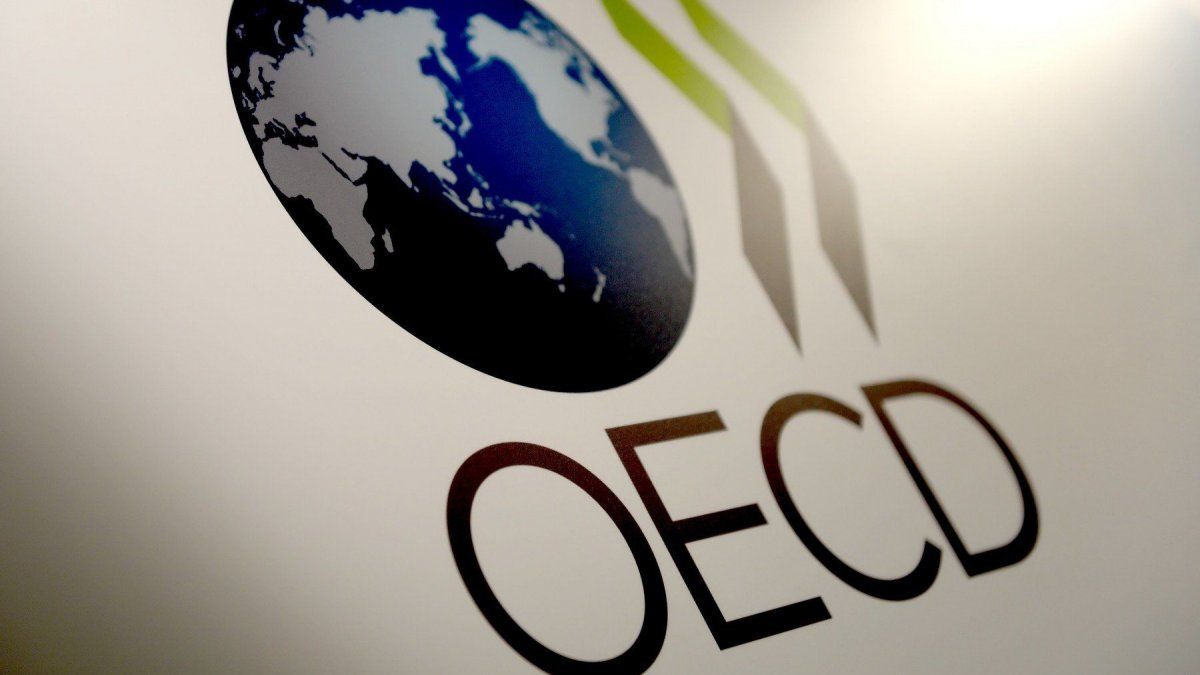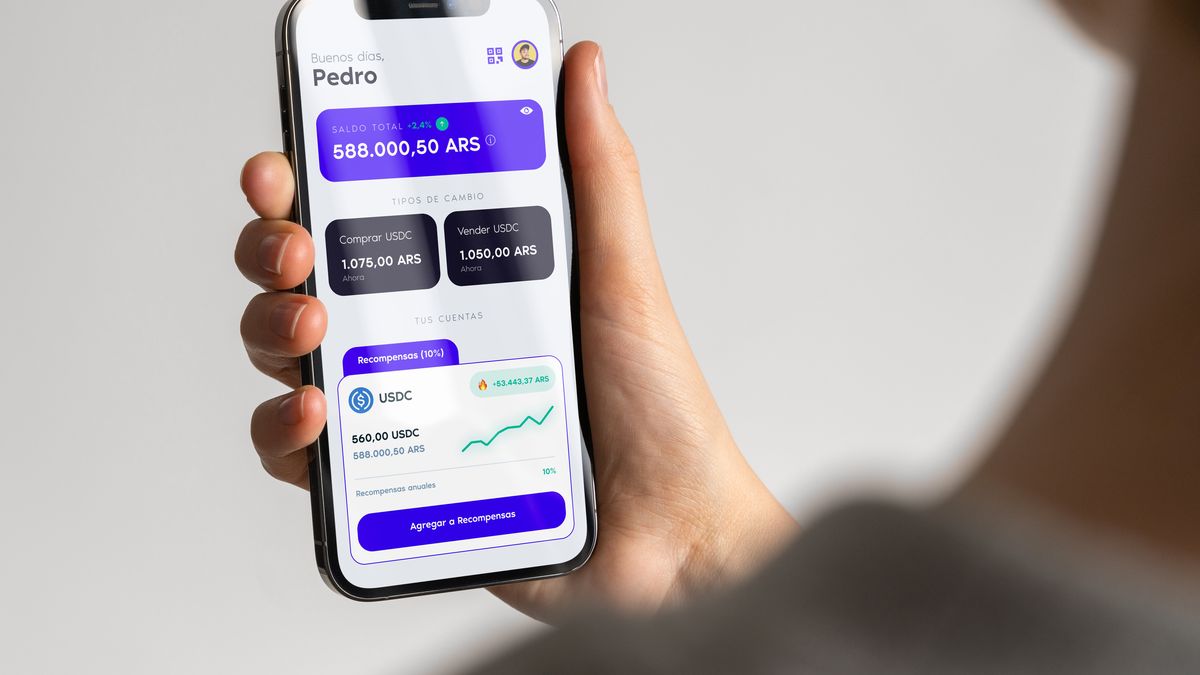Children’s skin is particularly sensitive to light and can react irritably to too much UV radiation. You can find out here how you can recognize the symptoms, treat them and prevent a sun allergy.
Basically, what experts call “polymorphic light dermatosis” (PLD) is not a real allergy at all. Rather, the skin overreacts when exposed to too much sun: redness, swelling, hives, scales, spots or blisters on the affected parts of the body (usually on the face and shoulders) are the result. Similar to a severe sunburn, except that the skin does not “burn” due to the radiation, but rather overreacts due to the special sensitivity to light in the UVA range – i.e. the UV light spectrum, which does not necessarily lead to sunburn. In addition, sun allergies are usually triggered by external factors, such as high-fat sunscreen. What both skin reactions have in common is that they can be very painful. This makes it all the more important to treat the symptoms quickly and effectively. How you can best proceed and avoid a sun allergy in the future is explained below.
suncream
Causes and symptoms
Since sun allergy is an overreaction of the skin to too much light, UV radiation is the primary cause. The immune system reacts accordingly by triggering a type of allergic reaction – and with it typical symptoms, which, however, can be different in severity and appearance for each child. Hence the term “polymorphic”, which means diverse. It is important to treat the affected areas of the body quickly, such as the décolleté, shoulders, neck, arms and legs. Even if the sun allergy only becomes noticeable a few days later and your child’s skin shows any of the following symptoms:
- it starts to itch and/or burn
- it turns pink
- she gets reddish spots
- it forms bubbles
- she swells
First and foremost, you need to relieve the itching, as children quickly run the risk of scratching the affected areas – and causing small skin injuries. This makes it easy for pathogens to penetrate the skin and cause inflammation. How to best treat the symptoms is explained in the next paragraph.
A notice: If the skin is red or swollen over a large area and your child also gets a fever, you should see a doctor immediately! He uses antiseptic ointments.
clinical thermometer
How to treat sun allergy in children
In the first instance, your child needs to avoid the sun for a few days, then the symptoms will usually go away on their own. To relieve the itching, you can cool the affected areas of the body with wet compresses (the cold causes the blood vessels to contract and the skin to swell) or with something Bepanthen lubricate. If the skin is severely irritated, you can also use one if necessary Cortisone spray (only from the age of six!) or use Fenistil to limit skin irritation. However, apply both very sparingly and only thinly to your child’s skin.
If you want to avoid medical aids completely, you can use the following home remedies: chamomile or green tea, yoghurt or quark (never flour, powder or oil). You can spread the dairy products on a towel as thick as a finger and wrap it around your skin for at least 30 minutes. If the cooling effect wears off, you can renew the envelope if necessary. Also make sure that your child drinks enough. Sunburn literally dries out the skin and requires a lot of fluid.
A notice: If small blisters form on the skin, do not open them under any circumstances, otherwise infection may occur.
This is how you can prevent a sun allergy
© Nadezhda1906
Basically, it’s best not to expose your baby to the sun in the first year of life – and if you do, then only with appropriate sun protection. You can change the face with one Wide brimmed sun hat Protect the arms and legs with long, opaque clothing and the skin with sunscreen. It’s best to use one here high sun protection factor (ideally 50) and apply the cream to your child 30 minutes before exposure to the sun and after any contact with water so that it has enough time to take effect. On the beach, a parasol with special UV protection also helps, providing shade and protecting the skin from strong radiation. Here For example, you can find a suitable model.
If your child already suffers from a sun allergy, the chances are very high that they will suffer from it every year. In order to permanently alleviate the symptoms, it makes sense to accustom your child to exposure to light step by step. The best way to do this is to use spring, especially, to expose your child’s skin to the sun – but only for a short period of time. Over time, you increase your time outdoors so that the skin can produce more melanin (dyes or pigments) to protect itself from dangerous UV radiation. You can support this process by taking carotene and calcium. Please discuss this with your pediatrician in advance.
API new
Other preventive measures include:
- If you spend your vacation in the mountains, on the beach or in the snow, the radiation exposure is significantly higher – even on cloudy days. To prevent your child from having an allergic reaction, you should avoid the sun between 11 a.m. and 3 p.m. or prepare the skin with appropriate protection. If your child suffers from so-called Mallorca acne, it is recommended to only use fat-free sunscreen.
- If the sun allergy is extremely severe, you can subject your child to phototherapy. This involves exposing the skin to artificial UVA and UVB rays to accustom it to sunlight. For this you need several sessions to increase the dose step by step. However, this therapy should only be carried out by a dermatologist, as extensive skin burns are possible if used incorrectly!
Sunglasses with UV protection for children’s eyes

© yaruta
Not only is the skin particularly sensitive at a young age, but also the eyes. That’s why proper UV protection is essential for sunglasses as well as everyday glasses. “The lens and cornea of the eye can filter out a large part of UV radiation. Additional protection is still important! This means: For children with ametropia, make sure to wear glasses with certified UV protection,” explains Dr. Michael Petrak, specialist in ophthalmology at the University Hospital of Bonn. Even if there are no proven eye diseases that are clearly caused by UV radiation (such as skin cancer), Petrak still points out: “It cannot be ruled out that UV exposure in childhood can have an impact on you Eye diseases in old age, such as cataracts or age-related macular degeneration (AMD).”
For this reason, the Zeiss brand has been offering standard UVProtect protection up to 400 nanometers in clear plastic lenses since 2018. Sunglasses for children should also offer the same protection – you can recognize this by the correct marking, the UV 400 label. You can find suitable models for boys and girls at every ZEISS optician, for example here.
Source: P13
You might also be interested in:
- Treat mosquito bites: This helps against the torturous itching
- What helps against herpes? How to treat cold sores correctly
- Red veins on the face: where they come from and what you can do about them
Source: Stern
I’m Caroline, a journalist and author for 24 Hours Worlds. I specialize in health-related news and stories, bringing real-world impact to readers across the globe. With my experience in journalism and writing in both print and online formats, I strive to provide reliable information that resonates with audiences from all walks of life.




